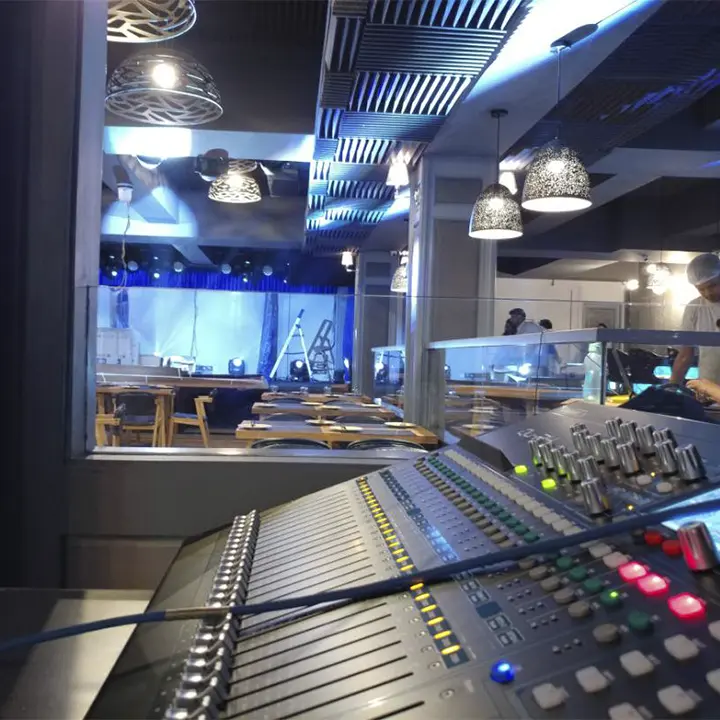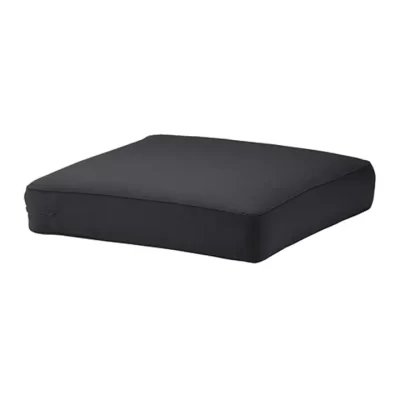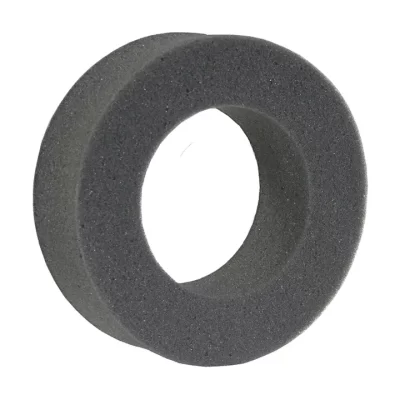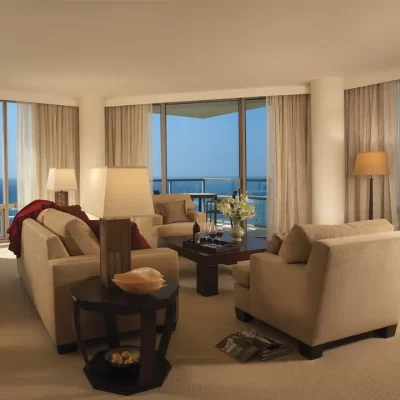Disco and Pub Soundproofing
Polyurethane (PU) acoustic foam is commonly used in pubs, bars, and nightclubs (discos) to control noise levels, improve sound clarity, and enhance the customer experience. With live music, DJs, and crowded environments, these venues need acoustic treatment to manage reverberation, echo, and sound leakage.
Description
Types of PU Foam Used
| Foam Type | Shape | Function |
| Open-cell PU foam | Flat, wedge, pyramid | Mid/high frequency absorption |
| Reticulated PU foam | Porous & breathable | Enhanced airflow, ideal for hot environments |
| Fire-retardant PU foam | Treated open-cell foam | Meets safety regulations |
Why Use PU Foam in Pubs and Nightclubs?
Reverberation Control: Absorbs excess sound reflections caused by loud music, hard surfaces, and open layouts.
Improved Sound Quality: Enhances speech clarity and music definition by reducing muddiness and echo.
Noise Reduction: Minimizes sound transfer to neighboring buildings or residential areas.
Better Acoustics for Live Performances or DJs: PU foam panels create a balanced, non-boomy sound environment for both performers and guests.
Common Acoustic Applications
Wall and Ceiling Panels: Installed to absorb mid and high frequencies, especially near speakers and performance areas.
Bass Traps in Corners: Reduces low-frequency build-up (common in music-heavy venues).
Bar and Booth Areas: Foam reduces crowd noise and helps create quieter conversation zones.
Behind or Around Speaker Systems: Helps contain and focus sound energy.
Benefits of PU Acoustic Foam in Entertainment Venues
- Lightweight and easy to install
- Customizable in color and shape for aesthetic integration
- Affordable alternative to heavy soundproofing materials
- Fire-rated versions available for commercial safety compliance
- Enhances ambiance and acoustic comfort for customers
Fire & Safety Considerations
For commercial venues like pubs and nightclubs:
- Use PU foam with fire-retardant treatments
- Must comply with standards like UL 94, FMVSS 302, or BS 5852
- Ensure installation follows local building codes for public occupancy






